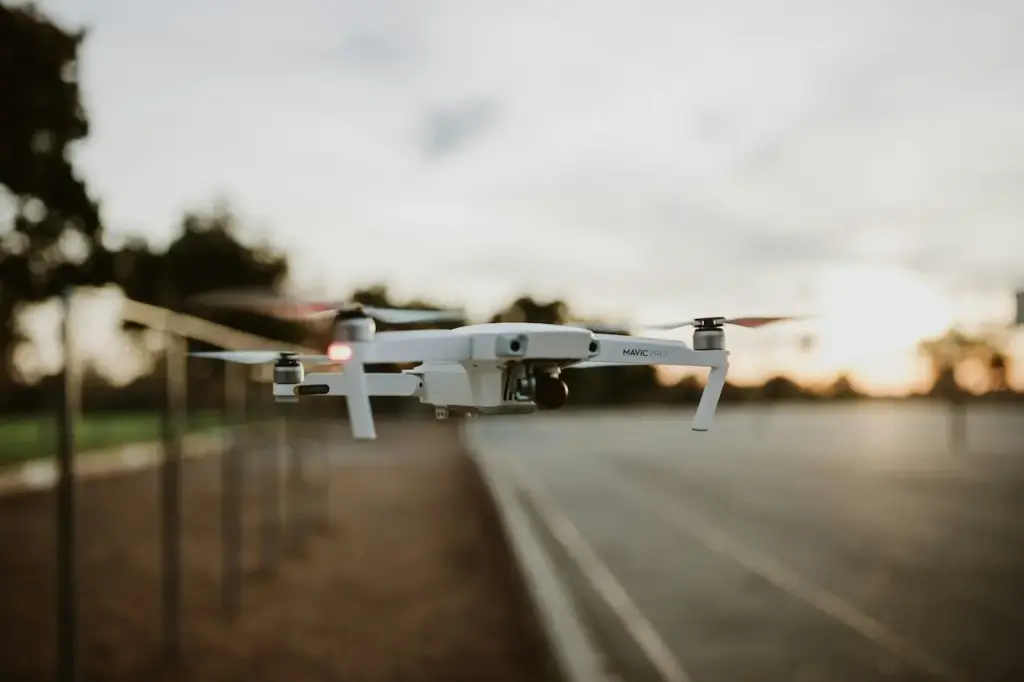The $399, 249 gram Mavic Mini launched on Wednesday with one standout feature: an ultra-small size. Coming in at 249 grams exactly, that’s 1 gram short of the Federal Aviation Administration’s threshold for when recreational pilots need to register their drone with the government.
Since the drone is under 250 grams, people flying as hobbyists (which is, likely, most people who buy this drone anyway) won’t need to register it in the U.S. or Canada. In some countries, a sub-250g drone may also be able to carry out more ‘complex’ operations that larger drones cannot legally do, such as flying over people. (Keep in mind that all drones flying for commercial purposes in the U.S. under Part 107 must be registered.)

But publicly, DJI says that’s not why they built it so small. DJI publicly won’t say that they built smaller drones to skirt regulations.
Here’s one big clue as to why safety isn’t the only reason why the Mavic Mini weighs exactly 249 grams: look to Japan. Alongside the Mavic Mini launch, DJI also created a similar version just for Japanese customers. The Japanese Mavic Mini weighs just 199 grams.
“The 199-gram version of Mavic Mini complies with Japan’s regulations on micro-UAVs,” according to the FAQ page on DJI’s site. “Because of this, users can fly the drone immediately without any registration.”
If DJI was satisfied with 249 grams as its self-policing safety threshold, then why not sell the same 249-gram Mavic Mini to Japanese customers? If a 249-gram drone is harmless, why make the extra effort to build a secondary drone that’s 199 grams?
By building a 199-gram version for Japan, DJI clearly wants to ensure that customers don’t have to deal with Japanese registration and regulation requirements.
DJI for years has pushed for requirements to be less stringent for lighter (which tend to be more hobby-oriented, consumer-targeted) drones. DJI 2017 even funded a study that “concluded that drones weighing up to 2.2 kilograms can be safely flown with the lowest risk to people, far higher than the FAA’s 250 gram threshold used for registration purposes,” a 2017 news release from DJI stated.
Though, some people are concerned that the 249 gram drone might compel the FAA to change their threshold for registration to something lighter than 250 grams (personally I think it’s unlikely, but it’s certainly a possibility):
DJI has a long history of self-policing, trying to create drones with low-risk. Rather than wait for regulation in response to incidents, DJI has built impressive technology to try to ensure the incidents don’t happen — a trend that took off after one unfortunate incident in 2015 where a DJI Phantom drone crashed into the White House lawn.
DJI swiftly took action by preventing its drones from flying near D.C., as well as building out its geofencing technology (software that prevents drones from flying in certain areas, like a sort of virtual fence). In fact, DJI’s GEO 2.0 geofencing is integrated into the new Mavic Mini.
DJI is also taking steps to self-police drone identification. Just as cars have license plates, the industry has called for ways to identify drones. But since a license plate on a tiny drone flying hundreds of feet in the air would be impossible to read, remote identification (digital license plates) is necessary. The Mavic Mini is already equipped with a program designed by DJI called AeroScope, which allows safety and security officials to detect, identify, and locate the drone and its pilot during flight, primarily for use at airports, stadiums, high-security events, and other sensitive locations.
And that’s not the only proactive safety step DJI has taken. Operators of DJI drones in many countries including the United States, United Kingdom, Hong Kong and Australia need to pass a DJI Knowledge Quiz (that’s aside from government-required tests in some countries) before they can take off their drone.
Upon opening the app to fly a drone in one of the countries that has a DJI Knowledge Quiz, all DJI drone operators will be presented with nine questions that must correctly answer all of them in order to be able to fly. They can answer each question as many times as they wish until they get all the answers correct.
DJI has also implemented automatic altitude limitations to prevent its drones from flying over certain heights (400 feet AGL is the limit in the U.S.).
DJI is doing good things across the board, building products that are fun and easy to use, but also highly reliable and jam-packed with safety features.
They’ve created products that have brought thousands of new people into aviation and STEM fields who otherwise wouldn’t (how many people now know how to read a sectional chart, how to code, or what Class B airspace is, all thanks to DJI?). And now, the Mavic Mini will bring in a new set of pilots who found the previous barriers of entry to the drone industry (whether it’s cost, registration, safety concerns, etc.) too high.
DJI has pushed the boundaries since the beginning, starting from the Phantom days when they made ready-to-fly drones mainstream, to creating portable drones with the Mavic, to designing obstacle avoidance for their consumer drones, to building return to home technology. And now, they’ve shown that it’s possible to design a high-quality drone that likely won’t hurt someone in the event it comes crashing down.
It’s just that, by building a 249 gram Mavic Mini drone and an 199 gram Japanese counterpart, there’s a regulatory benefit (if you’re a customer or DJI) too, not just a safety benefit.
Learn more about the DJI Mavic Mini and all its specs here.
The post 249 gram Mavic Mini was designed for safety, DJI says. Sure, but that’s not the whole story. appeared first on The Drone Girl.







